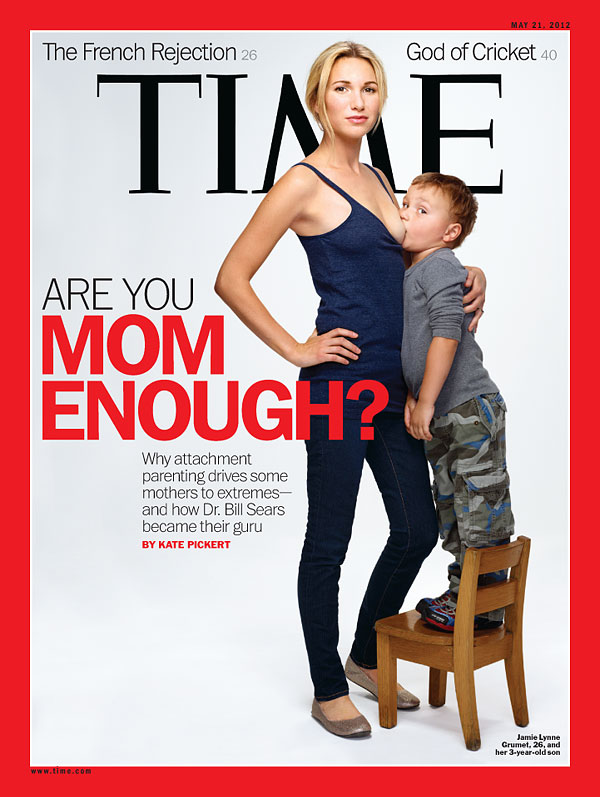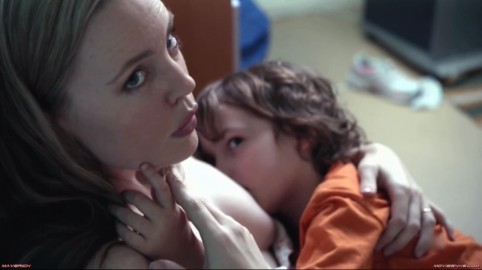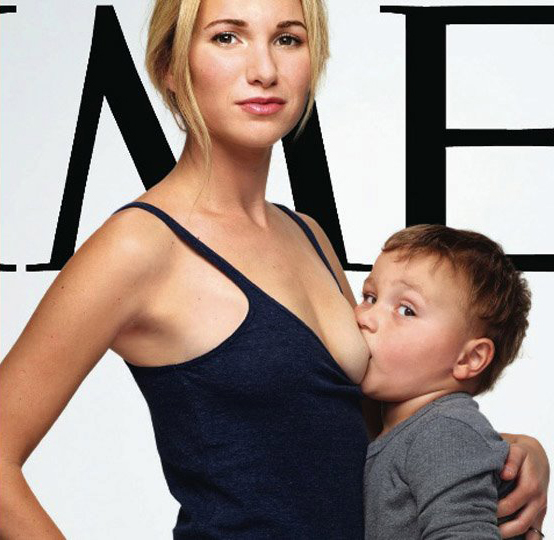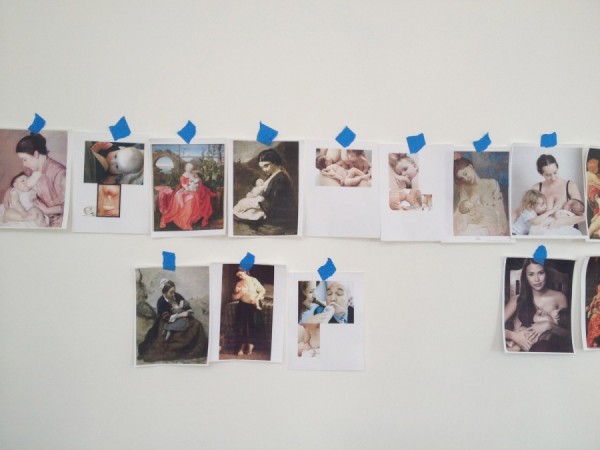
The Time cover is of course not the first product of visual culture that seeks to provoke the viewer in such fashion: the Australian hit TV show ‘The Slap’ similarly portrayed a young mother feeding her 4-year-old boy. The boy’s constant nagging for his mother’s breast milk creates an intriguing subplot in which the husband feels increasingly ostracised and alienated from his wife. The alcoholic father seeks to overcome his jealousy with a different type of oral fixation by continuously drinking beer throughout the entire eight part series. Crucially, in a brilliant portrayal of the deeply psychoanalytical (and Freudian) conditions unfolding in the show, the father is drinking beer straight from the bottle, not too unlike a child drinking milk from a bottle.

In contrast to the quasi-documentary style of ‘The Slap’ however, the Time cover is more ‘shocking’. But how? Firstly, the photograph seeks to confuse the viewer with regards to the boy’s age with one crucial detail: the boy is standing on a chair. The boy thus appears taller, and by extension, he appears older than he actually is. To illustrate that point I would suggest that the knowledge of the boy’s age is far less provocative than the photograph. In addition to that, rather than having his eyes closed or looking at his mother, the boy, rather creepily, looks towards the camera. This gaze back to the viewer implies an awareness of the camera, an awareness of a person looking at himself, and ultimately, an awareness of a person looking at himself sucking his mother’s breast. The boy’s gaze implies so many layers of looking that it could easily be confused with the gaze of an adult. This is the visual trickery in this image, that even though the boy is only 3-years-old, his height and his knowing gaze make him appear much older. His army style trousers and grey top, clothing perhaps associated with a teenager, further confuse a perception of his age.


Three behind the scenes photographs from the shoot supplied by Time’s Lightbox blog indicate that the magazine and the photographer studied classical representations of breast feeding. In spite of the visual references taped on the wall of the photo studio, the photograph that was eventually chosen for the cover has few similarities with any previous form of representation: the mother does not look lovingly at her child, she does not hold her child, nor does the child hold her mother. Standing tall, the mother does not adopt a bodily position associated with nursing a child. Ignoring all these signifiers of motherhood, in the photograph, the mother does not look like a mother. This is perhaps the real ‘shock’ in the photograph: it lacks a history of representation, a history of visual references or precedents. The photograph is, in the true sense of the word, iconoclastic: it metaphorically breaks the classical and idealistic image of mother and child.